Tag Archive for: fabrication
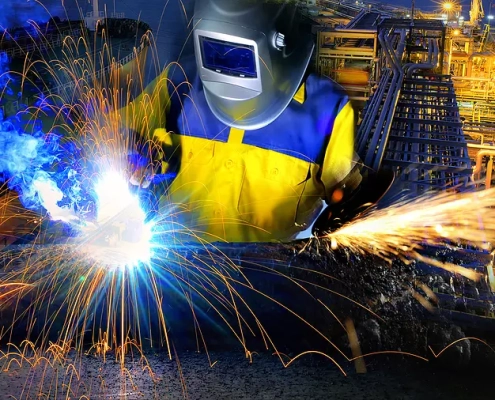
Innovations in Metal Fabrication: Trends to Watch in 2025
/
0 Comments
As we progress through 2025, the metal fabrication industry is…
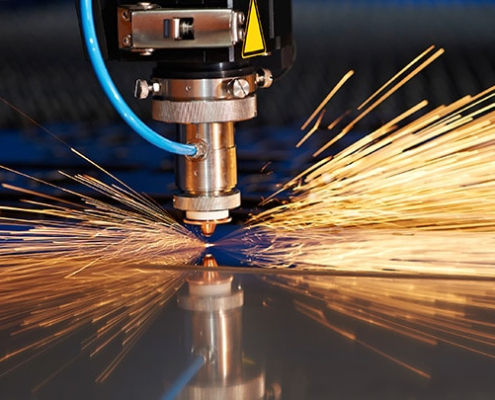
How Laser Cutting Reduces Waste and Improves Efficiency
In today’s world of manufacturing and fabrication, accuracy,…
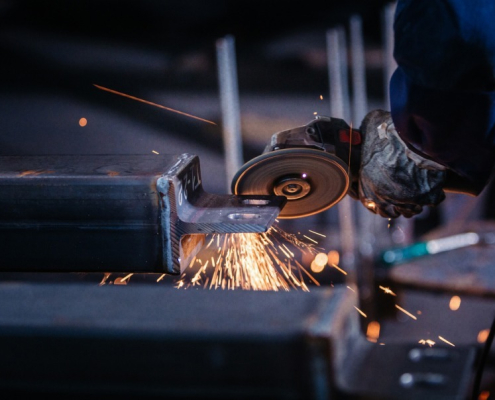
Advantages and Role of Fabrication in Manufacturing
We live in a world built by manufacturing. From the cars we drive…
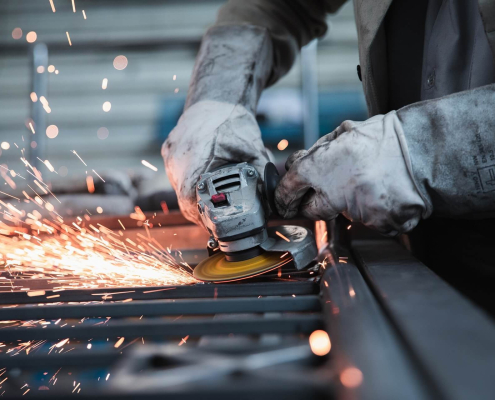
What is Metal Fabrication? A Beginner’s Guide
Metal is a part of almost everything around us. Whether it’s…
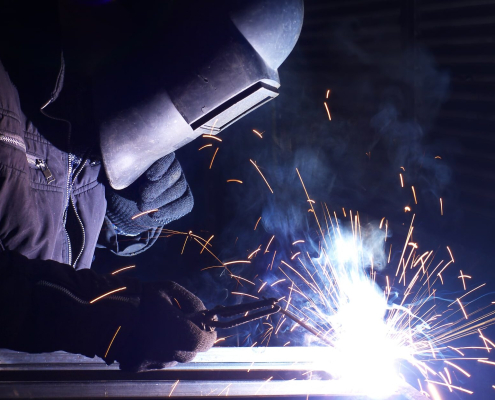
Different Types of Metal Welding and How They’re Used
Welding is one of the foundational processes in manufacturing…
